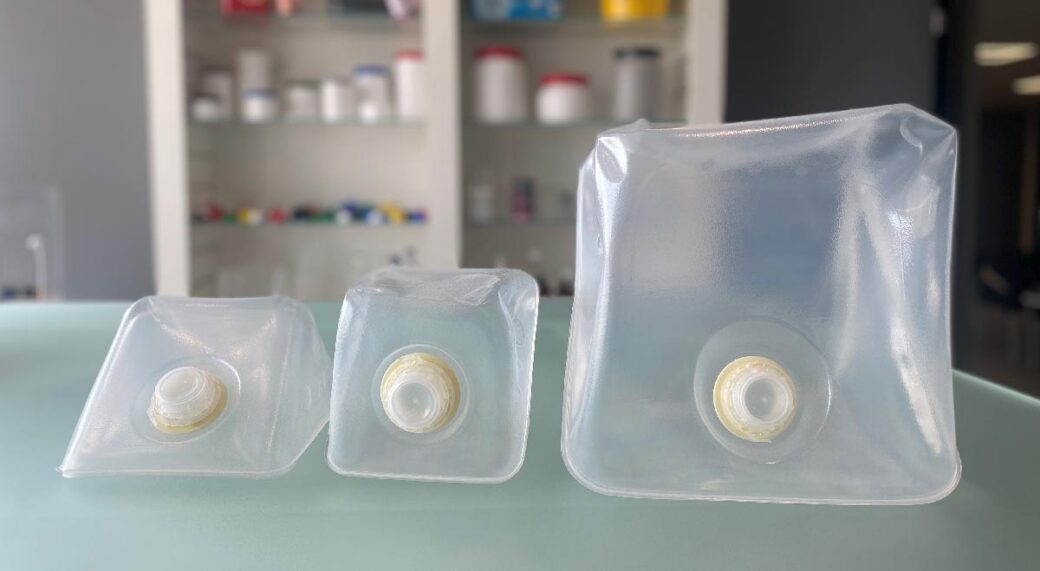What kinds of hearing protection are there?
Loud noise during work has consequences. For example, damaged hearing, hypertension, stress, disruption of concentration and fatigue. Luckily, in the Netherlands regulations exist that govern the maximum permissible level of noise. If this level is exceeded, appropriate hearing protection aids are required.
Consequences of hearing damage
Sound can have a negative influence on well-being and health. If the sound is too loud, it affects the hearing. The longer the noise continues, and the louder it is, the greater the effects are. For example, temporary or permanent hearing loss and hearing non-existent sounds (tinnitus).
Hearing protection legislation
This is what the Dutch law specifies about noise in the workplace:
- With exposure to a daily dose in excess of 80 dB(A), the employer must provide hearing protection aids.
- With exposure to a daily dose in excess of 85 dB(A), employees are obliged to wear hearing protection aids.
- For exposure in excess of 85 dB(A), an Action Plan must be prepared.
- If the limit of 87 dB(A) is exceeded (measured in the ear, and thus taking into account the hearing protection aids), action must be undertaken immediately to lower the noise below this limit.
- Employers must inform their personnel adequately about the dangers of noise.
- Employees are entitled to a hearing test to ascertain that the measures taken are effective.
There are three types of hearing protection
There are three different types of hearing protection aids. It is sensible when choosing one to take into consideration the circumstances of the work environment, the user’s tasks and personal preferences.
-
Earmuffs
These are easy to use, they are worn in the same way as headphones. If they cover the ears completely, then a damping to 30 dB(A) is possible. They can also be combined with a radio-function or used as a communication set. Earmuffs keep the ears warm, which not everyone finds comfortable. Given the good damping effect, the person may not be able to hear the normal sounds of their surroundings, a disadvantage of using earmuffs.
-
Earplugs
Earplugs or ear buds are light and very comfortable. They adapt to the ear’s shape and provide a good protection. Depending on the shape of the ear canal, how the earplugs are worn and the type, protection up to 30 dB(A) can be provided. Earplugs are available with a band or a cord, as disposable and reusable versions. They are not evident given their subtle design. If they are not inserted properly in the ear canal, the damping provided will be inadequate, and hearing damage can still develop.
-
Otoplastics
These are tailor-made earplugs that can provide protection up to 30 dB(A). Usually, they are adjusted to the level of damping required at the workplace, so they do not dampen more than is necessary. With particular filtering, for example, talk and signals in the surroundings can still be heard. This improves the wearing comfort. However, the otoplastics must be checked annually for leakage and adequate damping properties.
Maximum diminution of hearing protection aids
Sound can reach the middle ear via various routes, despite the wearing of a hearing protection aid. Sound also enters through bone conduction (via the skull), the oral cavity, sound leakage in and around the hearing protector and vibrations in the earmuff. When wearing both earmuffs and a hearing protection aid in the ear canal at the same time, for example, sound still enters the middle ear. The maximum diminution provided by one or a combination of hearing protection aids is about 35 dB(A). A greater result is not possible because of the sound transmission via bone conduction and the oral cavity.
Other protection equipment
- Breathing protection equipment
- Hand protection equipment
- Head protection equipment
- Eye and face protection equipment
- Foot protection equipment
Contact
Are you looking for a suitable hearing protection aid? Look at our range of hearing protection aids and accessories in the digital catalogue or in one of our showrooms in Apeldoorn or Bleiswijk. Would you like a personal recommendation? Please contact us, we would be happy to help you!







